The blood disorder that mostly affects people of color is under-researched.
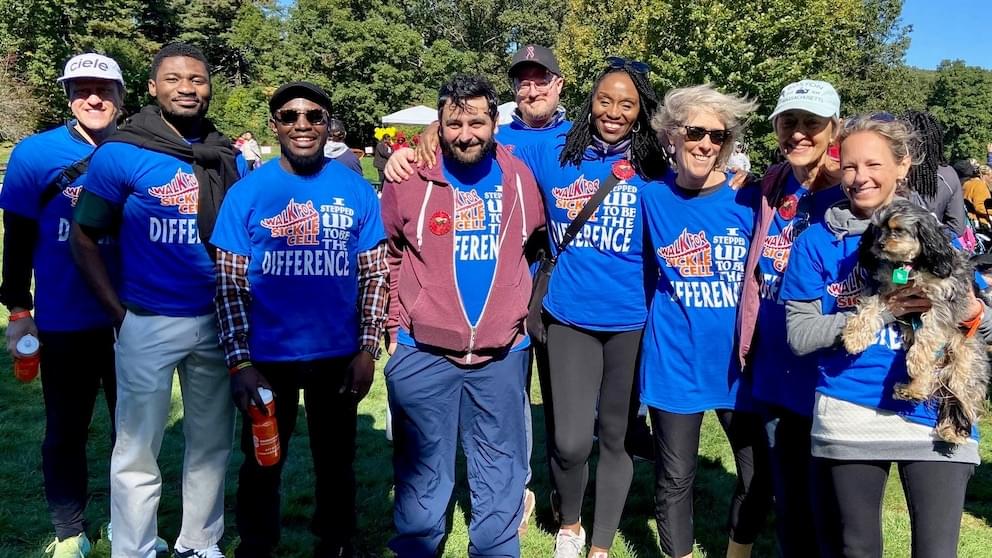

Tuberculosis can advance rapidly in young children, creating an “urgent situation” after hundreds were potentially exposed at a YMCA day-care facility.
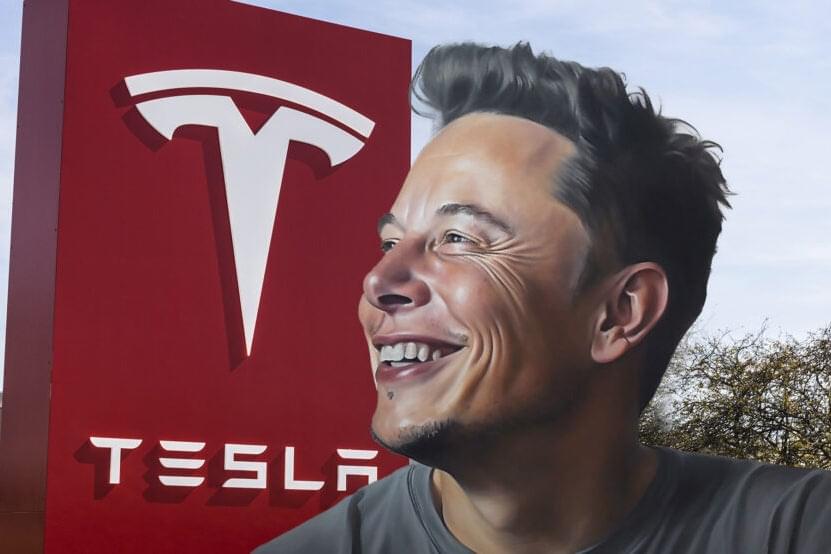
Kynikos Associates founder and legendary short seller Jim Chanos has highlighted the disparity between the public perception and actual performance of Tesla Inc. TSLA.
What Happened: In an interview with the Institute for New Economic Thinking, Chanos pointed out a common misbelief held by many Tesla admirers. He said the electric vehicle giant is seen as a multi-faceted entity — an AI firm, an alternative energy business, and a robotics organization.
This image, Chanos argues, is a result of Elon Musk’s compelling portrayal of Tesla as a future-focused company.

Imagine a skin cream that heals damage occurring throughout the day when your skin is exposed to sunlight or environmental toxins. That’s the potential of a synthetic, biomimetic melanin developed by scientists at Northwestern University.
In a new study, the scientists show that their synthetic melanin, mimicking the natural melanin in human skin, can be applied topically to injured skin, where it accelerates wound healing. These effects occur both in the skin itself and systemically in the body.
When applied in a cream, the synthetic melanin can protect skin from sun exposure and heals skin injured by sun damage or chemical burns, the scientists said. The technology works by scavenging free radicals, which are produced by injured skin such as a sunburn. Left unchecked, free radical activity damages cells and ultimately may result in skin aging and skin cancer.
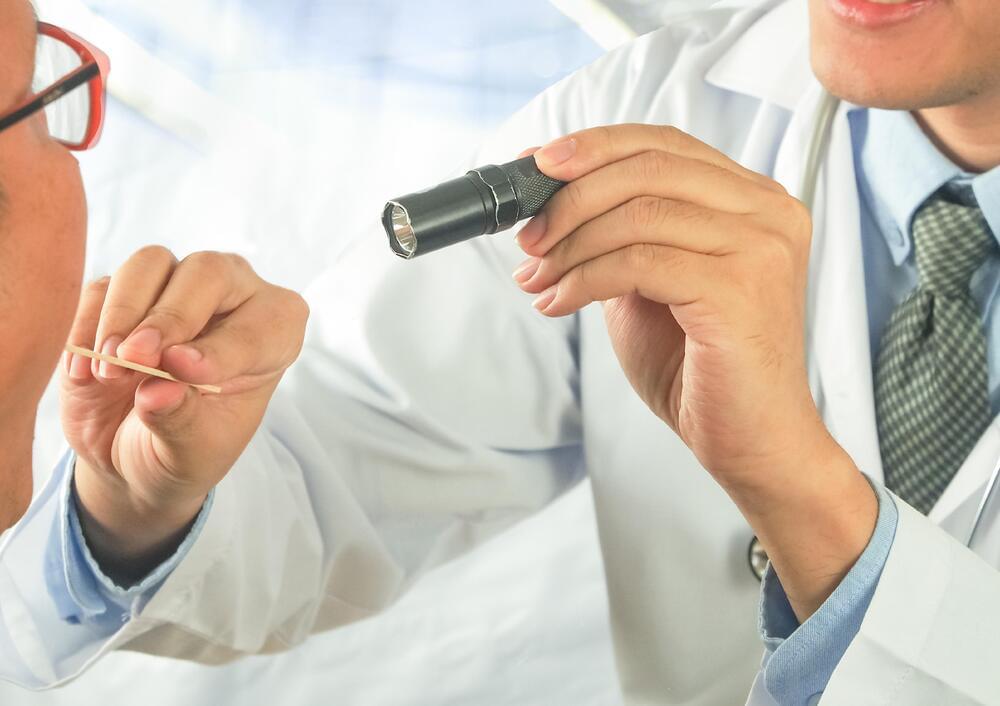
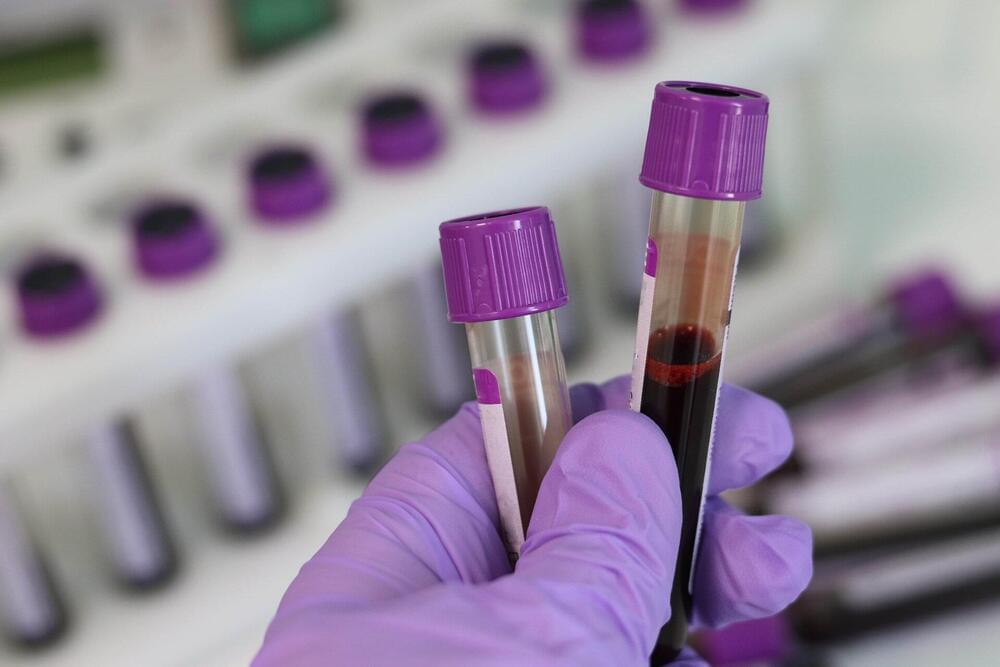
Researchers at the Francis Crick Institute and Aalborg University in Copenhagen have shown that changes can be detected in blood tests up to eight years before a diagnosis of Crohn’s disease and up to three years before a diagnosis of ulcerative colitis.
This means the beginnings of inflammatory bowel diseases start a long time before symptoms occur, and in the future may provide an opportunity for doctors to take preventative action before symptoms begin, or prescribe medication when it will be most effective.
Crohn’s disease and ulcerative colitis are collectively known as inflammatory bowel diseases (IBD). They are incurable conditions which involve excessive inflammation in the gut, leading to symptoms like abdominal pain and diarrhea. Early diagnosis and treatment are key to improving outcomes, but nearly a quarter of the 25,000 people diagnosed each year in the UK wait over a year.
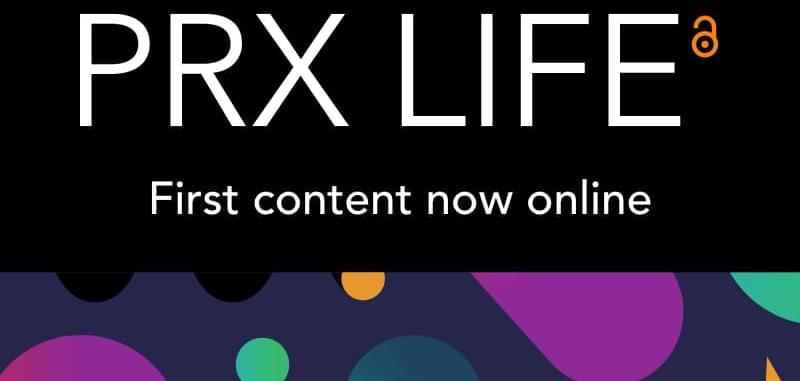
Micromechanical resonator performance is fundamentally limited by the coupling to a thermal environment. The magnitude of this thermodynamical effect is typically considered in accordance with a physical temperature, assumed to be uniform across the resonator’s physical span. However, in some circumstances, e.g., quantum optomechanics or interferometric gravitational wave detection, the temperature of the resonator may not be uniform, resulting in the resonator being thermally linked to a spatially varying thermal bath. In this case, the link of a mode of interest to its thermal environment is less straightforward to understand. Here, we engineer a distributed bath on a germane optomechanical platform—a phononic crystal—and utilize both highly localized and extended resonator modes to probe the spatially varying bath in entirely different bath regimes.

We investigate ultrafast harmonic generation (HG) in Si: B, driven by intense pump pulses with fields reaching sim100\phantomrule{0.28em0ex}kV\phantomrule{0.16em0ex}cm^-1 and a carrier frequency of 300 GHz, at 4 K and 300 K, both experimentally and theoretically. We report several findings concerning the nonlinear charge carrier dynamics in intense sub-THz fields: (i) Harmonics of order up to $n=9$ are observed at room temperature, while at low temperature we can resolve harmonics reaching at least $n=11$. The susceptibility per charge carrier at moderate field strength is as high as for charge carriers in graphene, considered to be one of the materials with the strongest sub-THz nonlinear response.
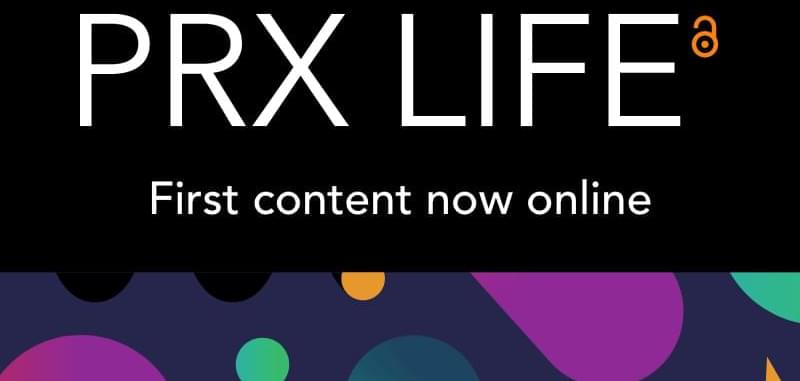
The idea of simulating quantum physics with controllable quantum devices had been proposed several decades ago. With the extensive development of quantum technology, large-scale simulation, such as the analog quantum simulation tailoring an artificial Hamiltonian mimicking the system of interest, has been implemented on elaborate quantum experimental platforms. However, due to the limitations caused by the significant noises and the connectivity, analog simulation is generically infeasible on near-term quantum computing platforms. Here we propose an alternative analog simulation approach on near-term quantum devices. Our approach circumvents the limitations by adaptively partitioning the bath into several groups based on the performance of the quantum devices.
